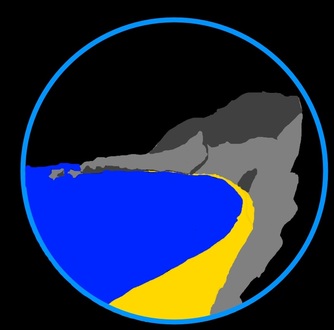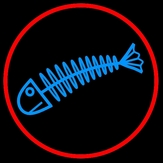Walrus
Odobenus rosmarus
Where is it found?
Coastal pack ice
Diet and foraging method
Key adaptations
They use their long tusks to stab opponents in fights. Tusks also used to help pull individuals out of the water onto floating ice, and sometimes used to hook themselves to floating ice so that they can sleep while still in the water. Males have two air pouches inside their necks that they use to amplify their mating calls.
Social organisation and mating system
Live in large herds; sometimes over a thousand walruses in a single group.
Males attract females using bell whistling and thumping noises. Once they have attracted a group of female walruses (called a hareem) males will defend his group of females till death, which often happens in the gruesome fights males partake in.
Did you know that...?
The Walrus' skin is usually cinnamon-brown or greyish, but, when sunbathing, their skin flushes rose-red, as though sunburnt.
Taxonomy
Picture credits:
Maps from: http://species.mol.org/species/
"14 Walross 2001" by Ansgar Walk - Own work. Licensed under CC BY-SA 3.0 via Wikimedia Commons - https://commons.wikimedia.org/wiki/File:14_Walross_2001.jpg#/media/File:14_Walross_2001.jpg
"1 Walross 2002" by Ansgar Walk - Own work. Licensed under CC BY-SA 3.0 via Wikimedia Commons - https://commons.wikimedia.org/wiki/File:1_Walross_2002.jpg#/media/File:1_Walross_2002.jpg
"Noaa-walrus22" by Captain Budd Christman, NOAA Corps - NOAA's Ark - Animals CollectionImage ID: anim0022 ([1]). Licensed under Public Domain via Wikimedia Commons - https://commons.wikimedia.org/wiki/File:Noaa-walrus22.jpg#/media/File:Noaa-walrus22.jpg
"Walross-painting" by Friedrich Wilhelm Kuhnert - Brehms Tierleben, Small Edition 1927. Licensed under Public Domain via Wikimedia Commons - https://commons.wikimedia.org/wiki/File:Walross-painting.jpg#/media/File:Walross-painting.jpg










